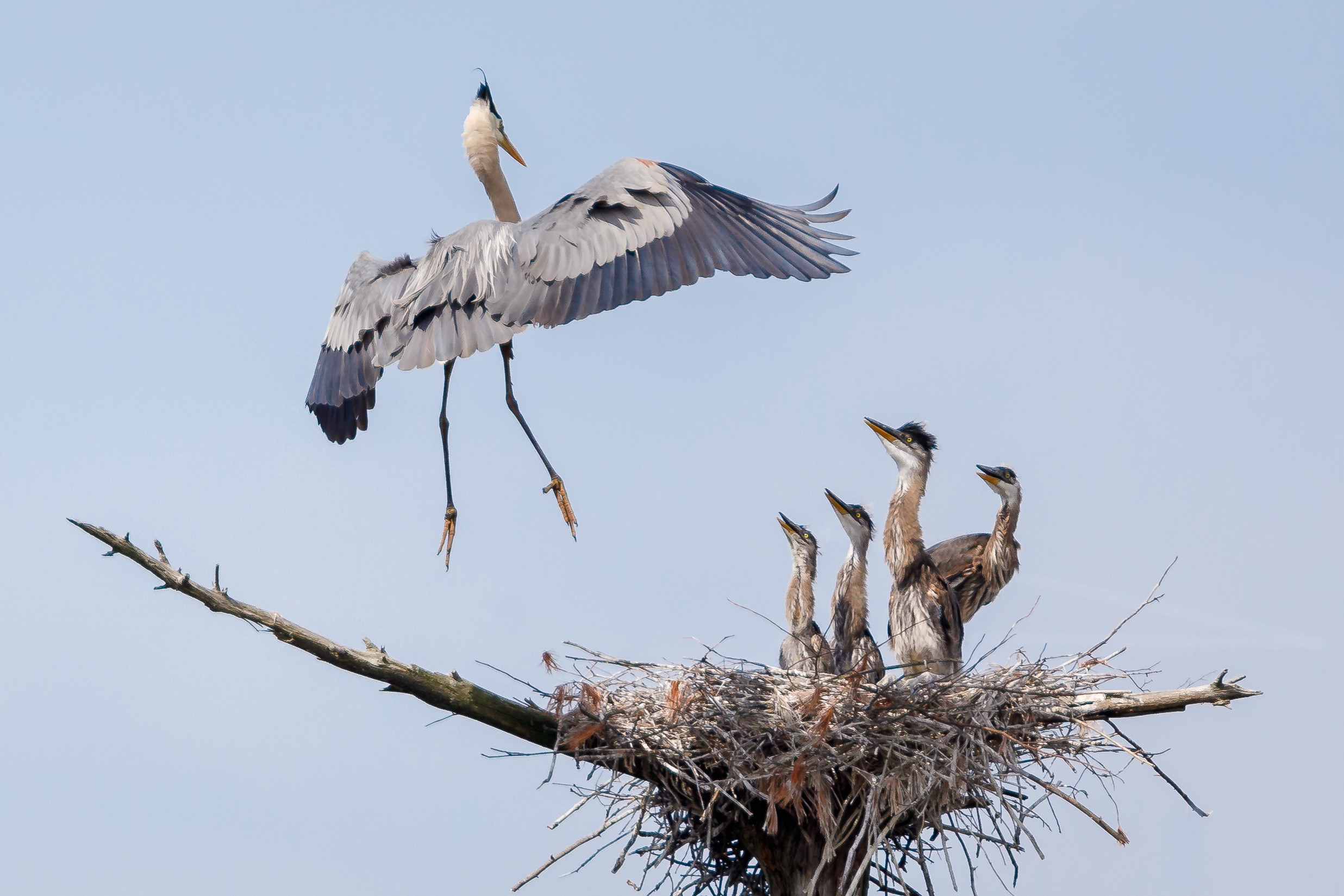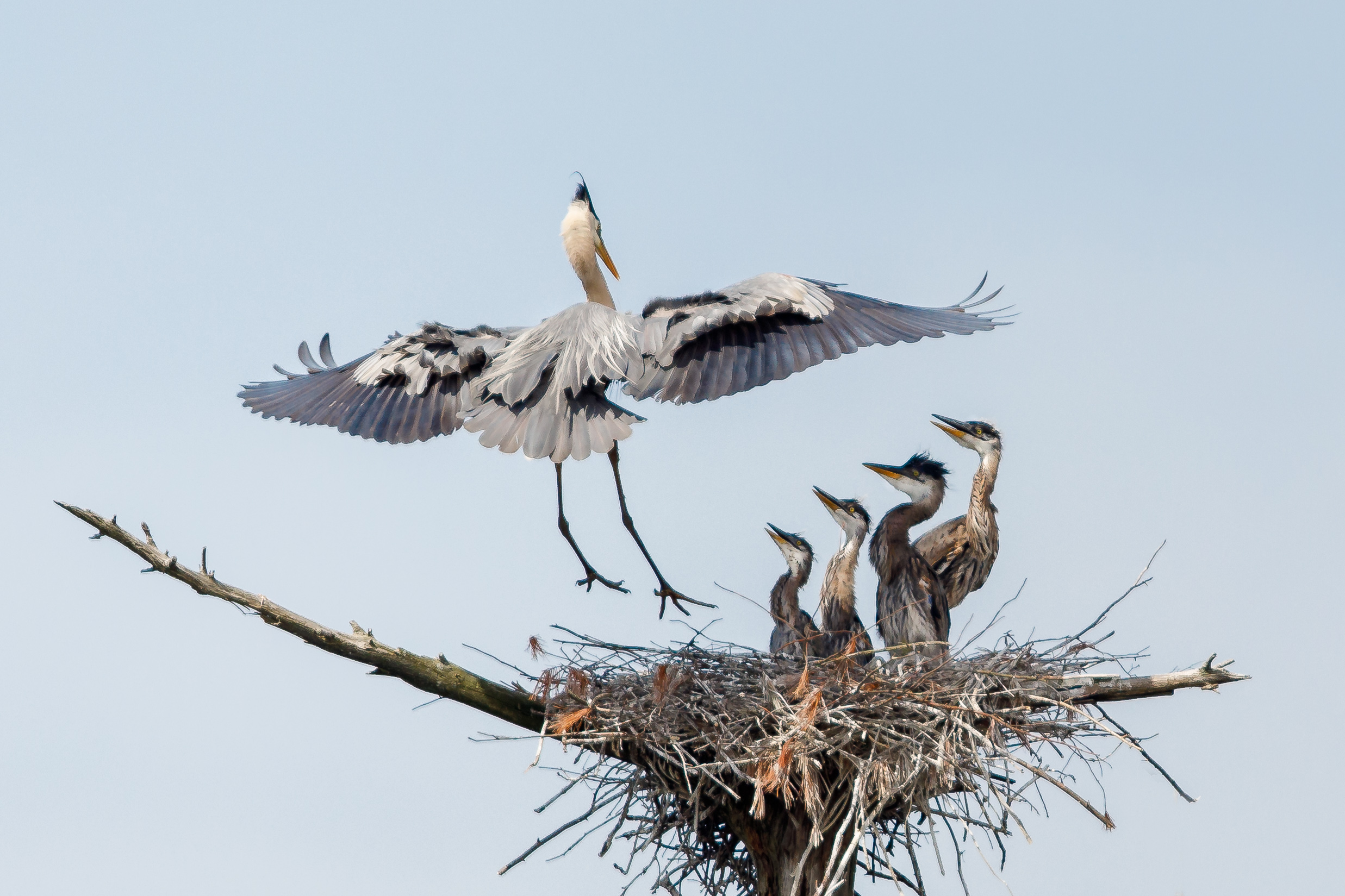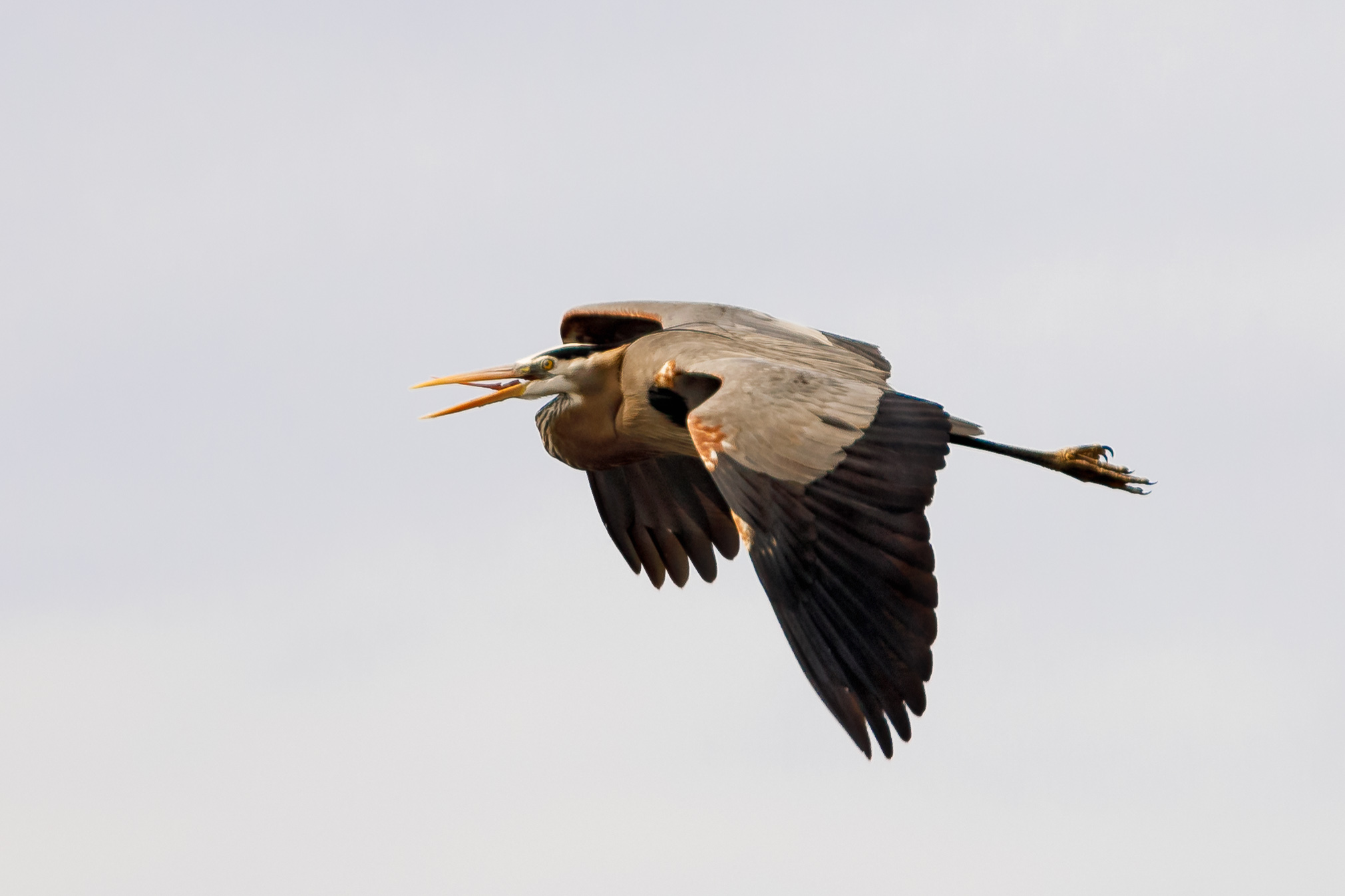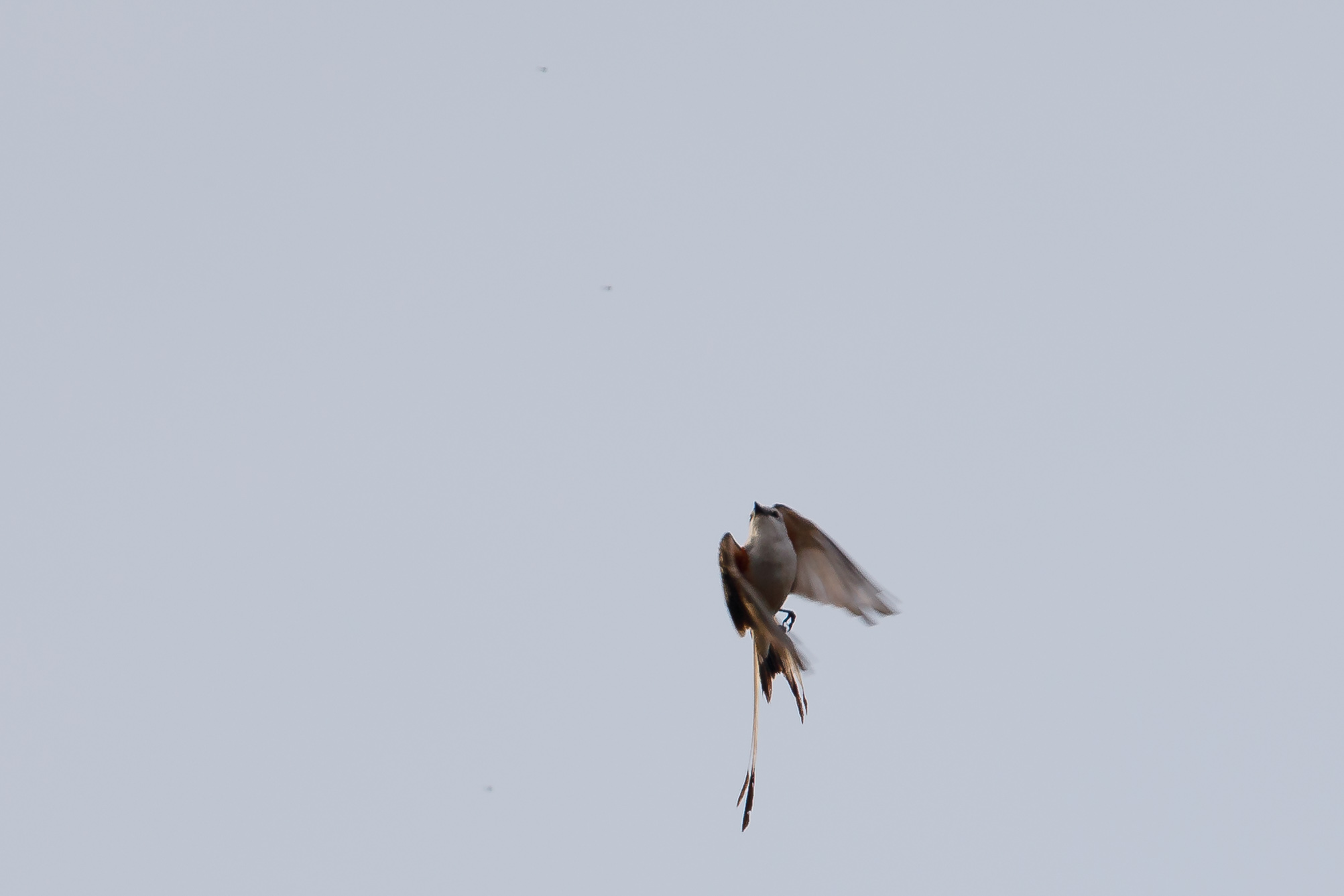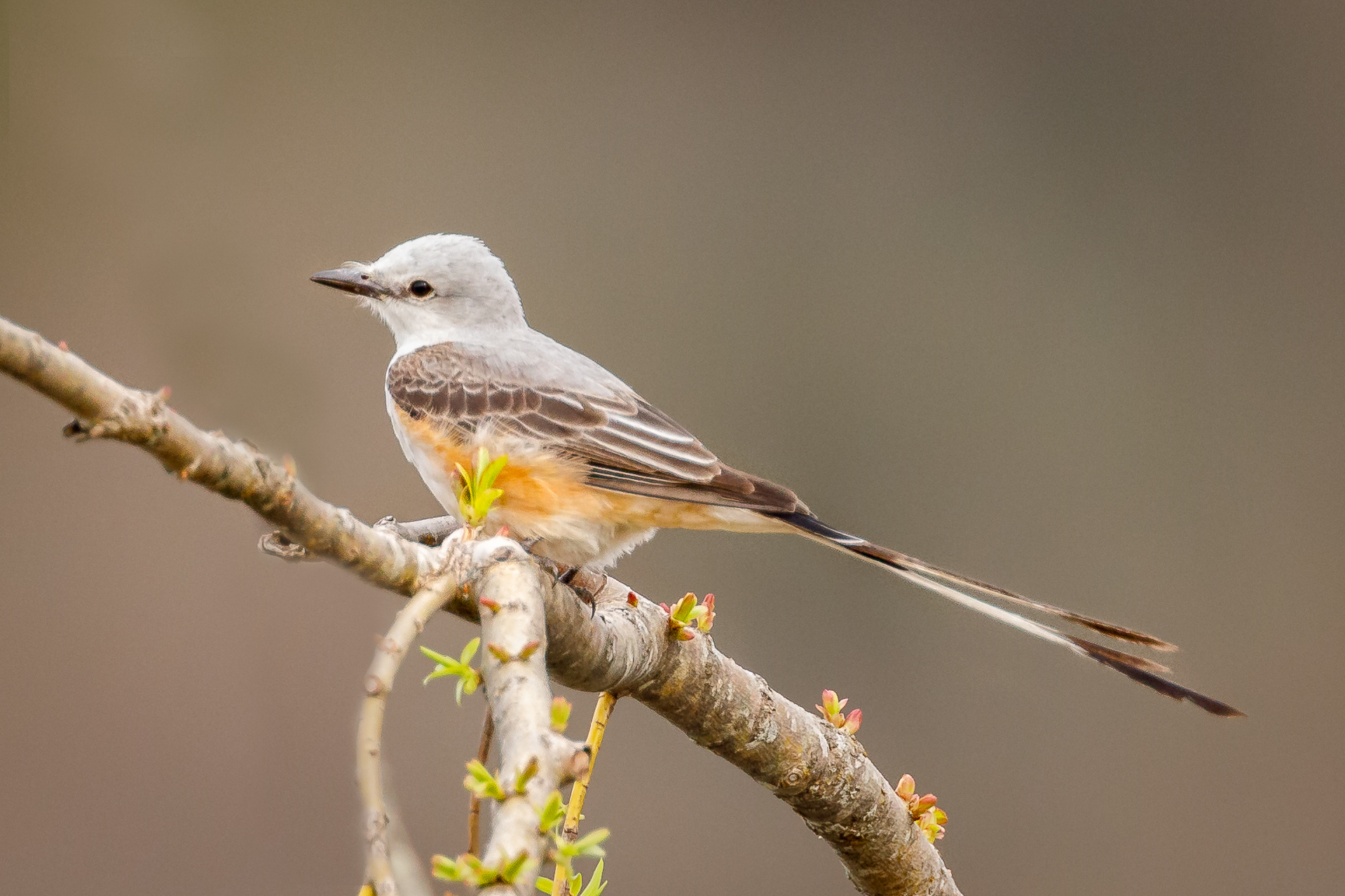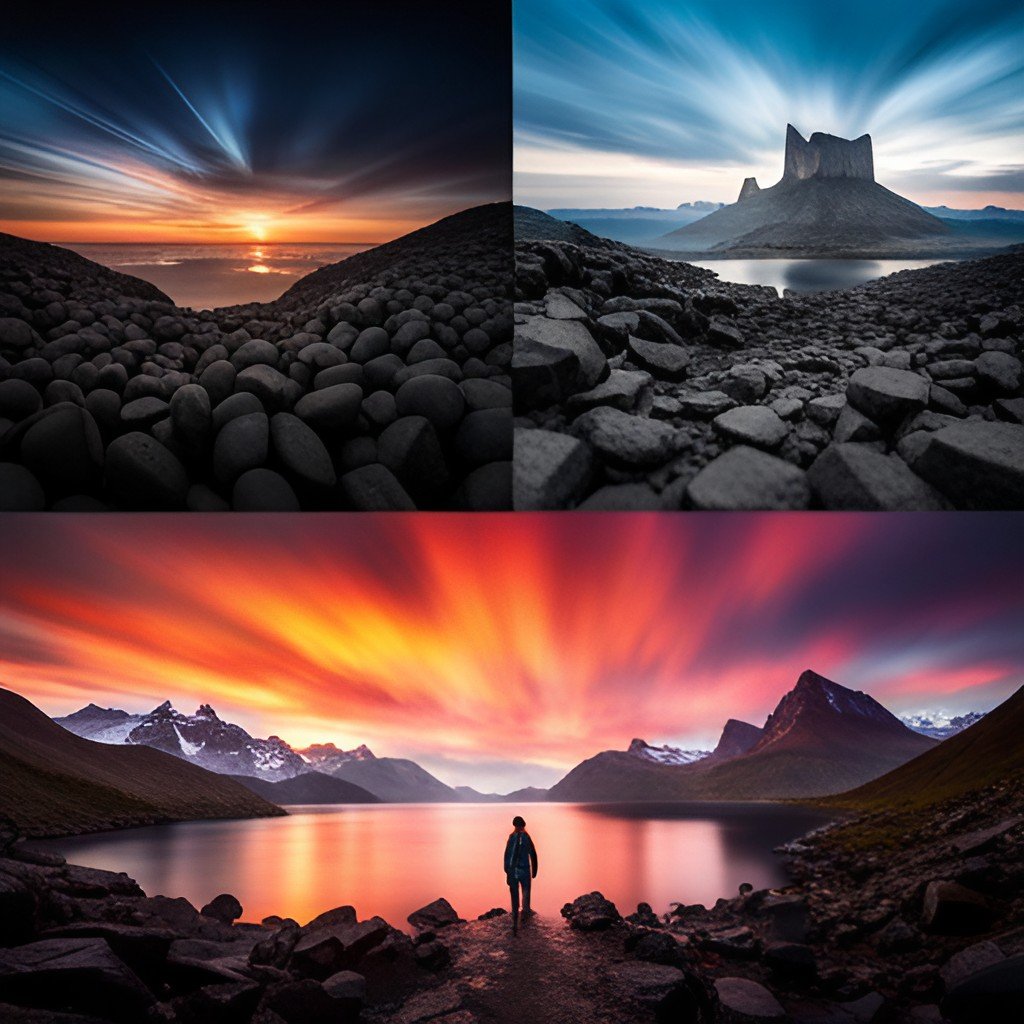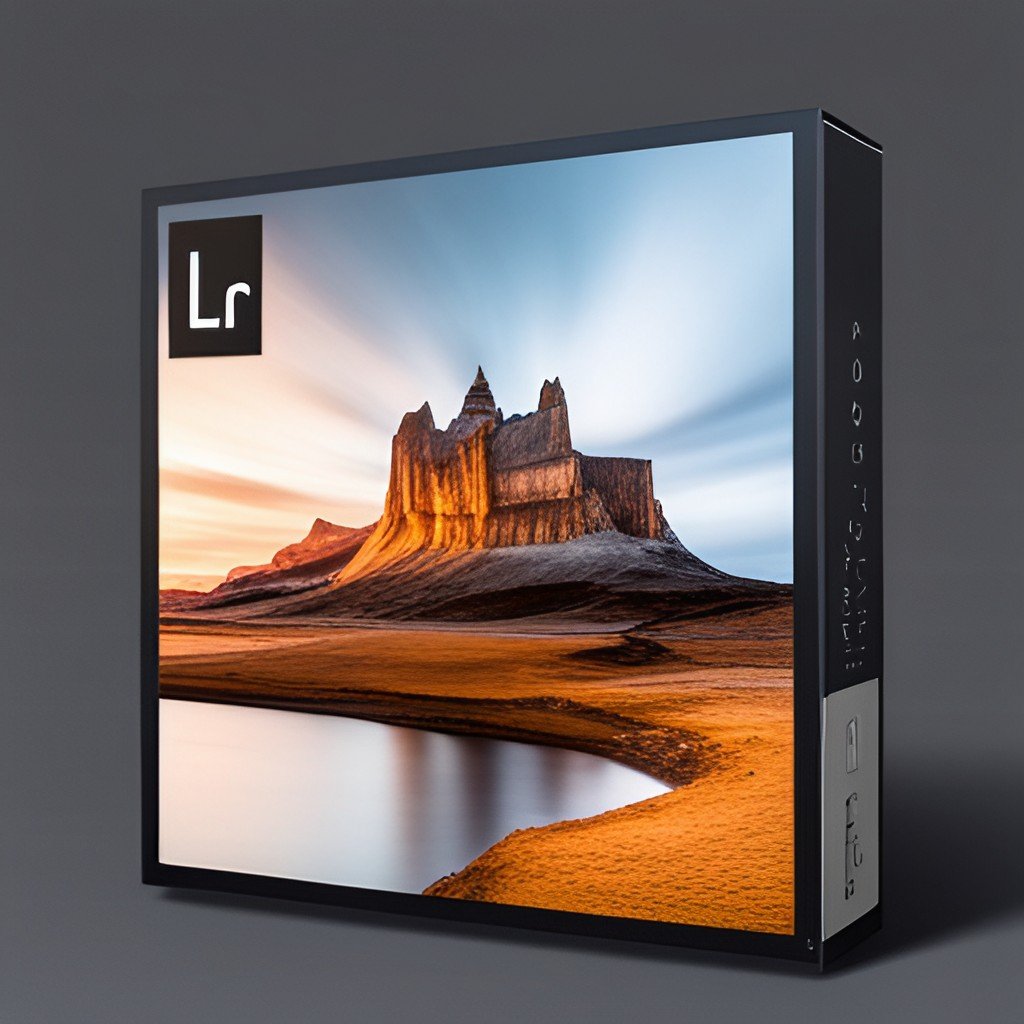Fall! A Great Time to Get Out to the Woods
Gary Detonnancourt
Fall! A Great Time to Get Out to the Woods
And not just for beautifully colored leaves. This fall try slowing down and really observing your surroundings. You never know what you’ll see. On a recent trek through a local nature trail I discovered a nice variety of wild mushrooms and learned that they make great photographic subjects. If you can identify any of these mushrooms, please post in a comment below. Click on the images to see them larger.






